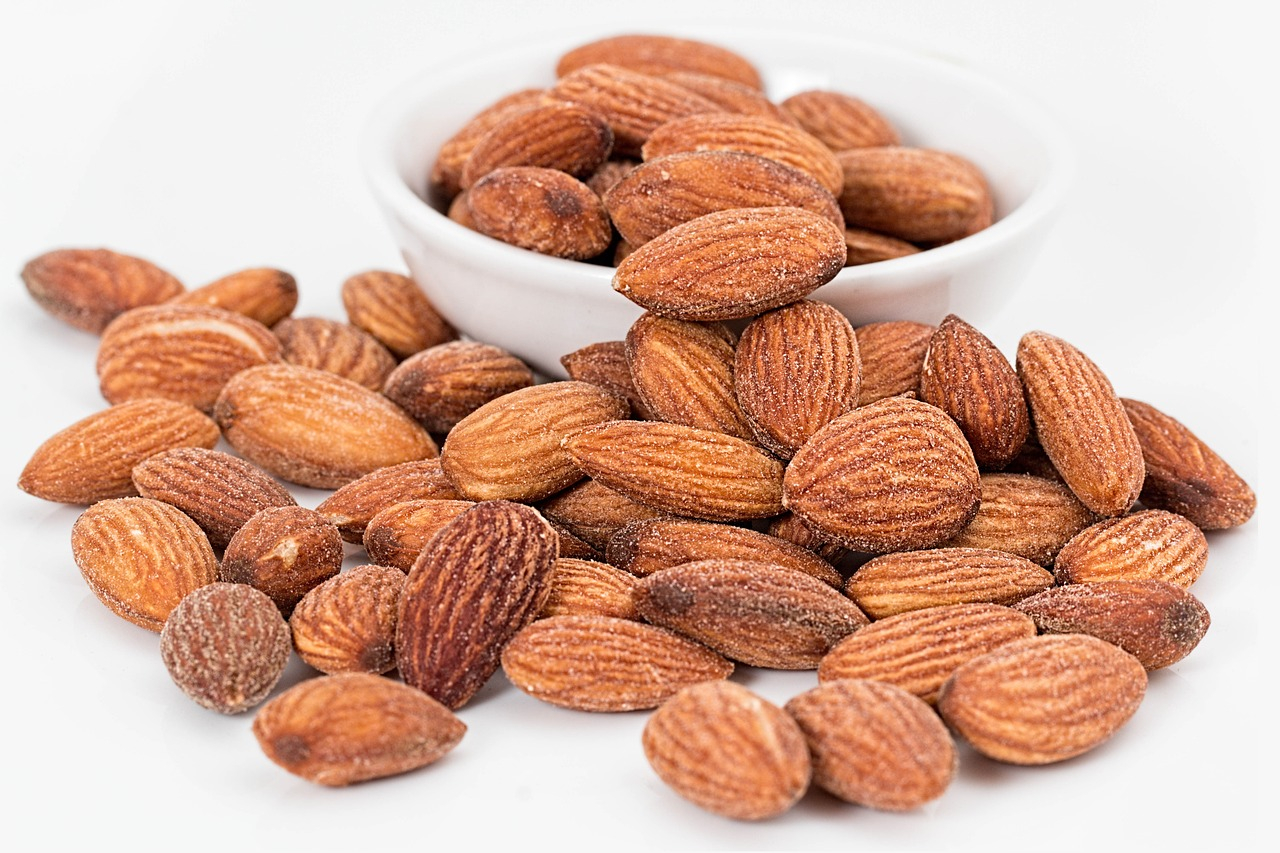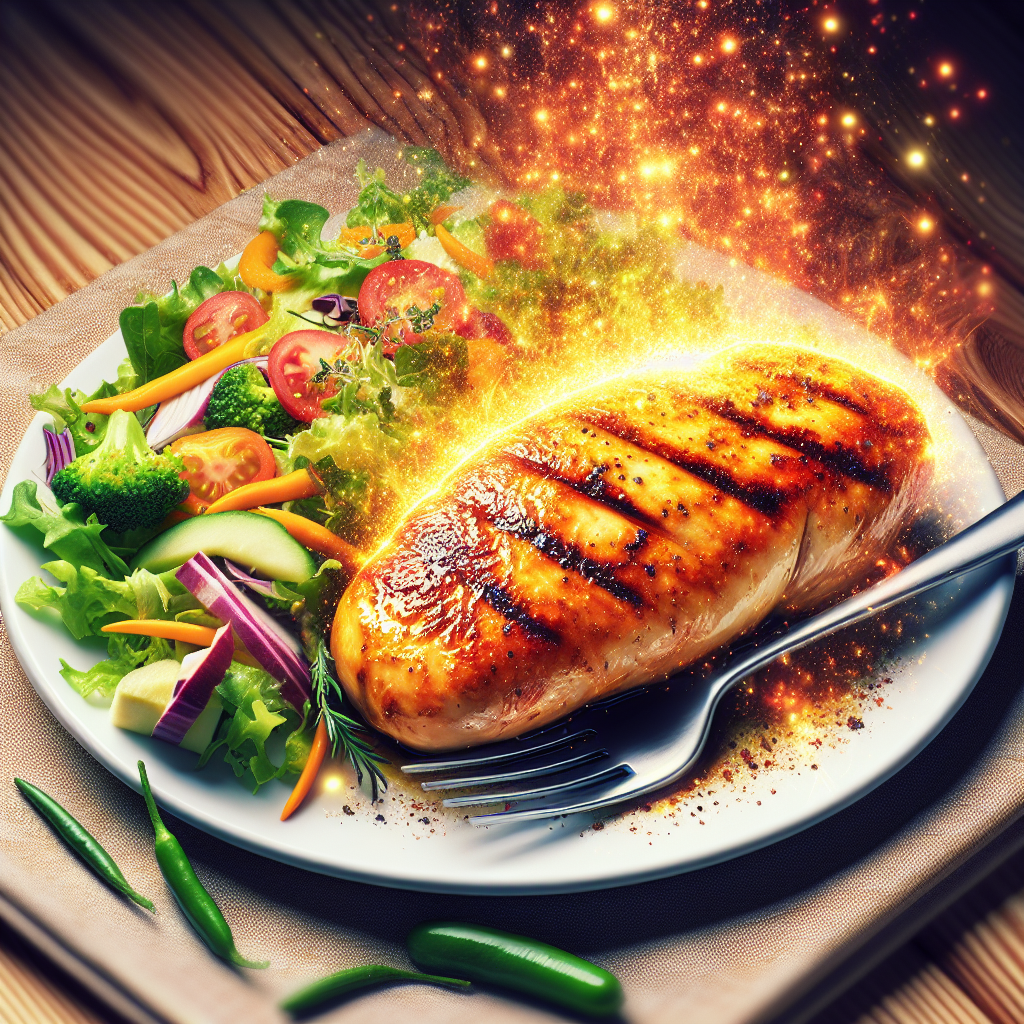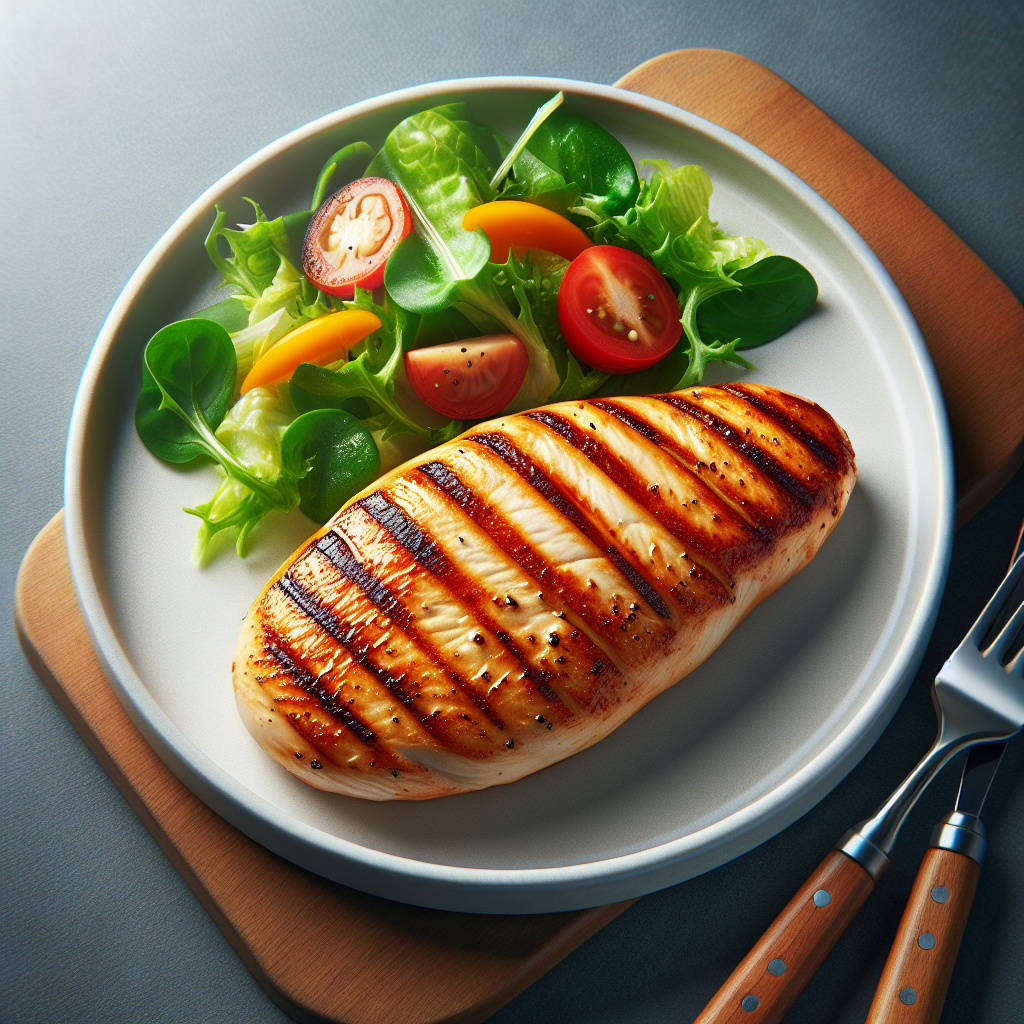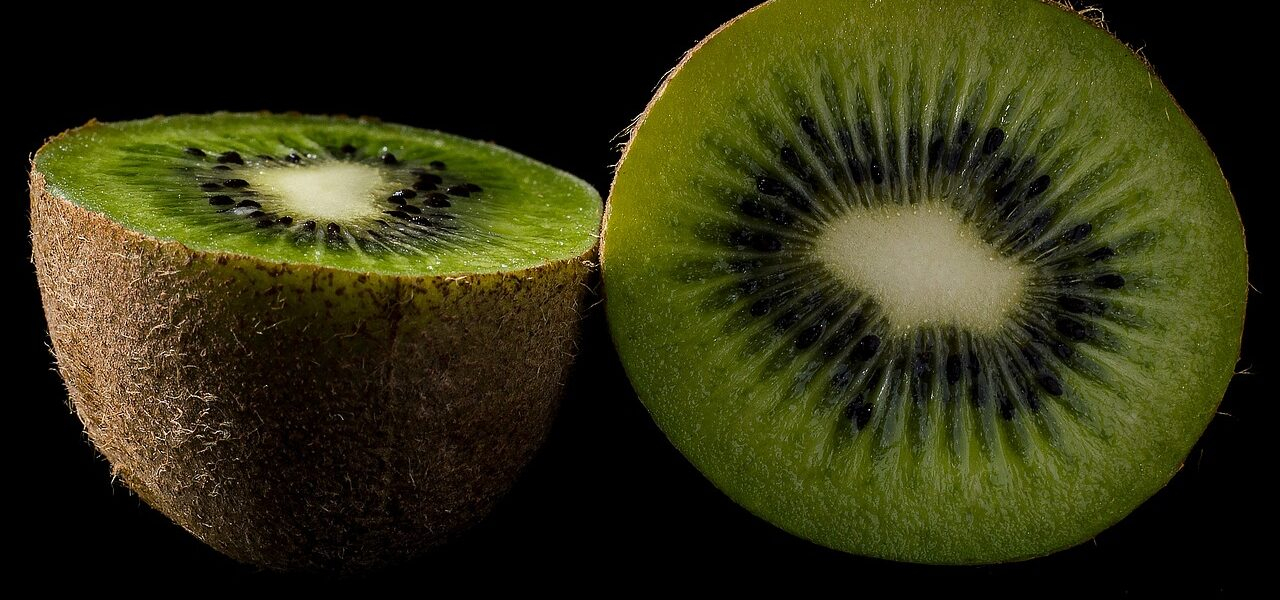Calories In Chicken Breast
Navigating the world of calorie counting can often seem daunting, especially due to the vast array of food items to consider. This article, titled “Calories In Chicken Breast,” is designed to shed light on this specific diet staple, while also taking you through a broader panorama of caloric requirements and controls. With key points highlighted and further elaboration provided for various questions such as how to calculate daily calorie needs, what’s the caloric value of everyday food items, and strategies for calorie loss, this article offers vital advice that could help you on your journey to a healthier lifestyle.

Understanding Caloric Needs
Defining calories and their role in the body
A calorie is a unit of energy, specifically, it’s the amount of energy required to raise the temperature of one gram of water by one degree Celsius. When we talk about calories in the context of food and nutrition, we’re actually referring to kilocalories, which is often abbreviated to ‘calories’ for simplicity. These calories are the fuel your body needs to perform all of its functions, from the complex processes that keep your heart beating and your lungs breathing, to the energy needed for movements, either conscious like walking or unconscious like shivering.
How many calories does one need in a day
The amount of calories you need in a day is mainly determined by your Basal Metabolic Rate (BMR), which is the number of calories your body needs to perform basic life-sustaining functions like breathing and maintaining body temperature. Coupled with this, are the calories needed for all physical activity you do throughout the day. On average, the general guideline is that men need around 2,500 calories per day to maintain their weight, and women need around 2,000.
Factors influencing daily caloric needs
Numerous factors determine each individual’s caloric needs. These include age (caloric needs decrease with age), gender (men typically need more calories than women), physical activity level (more physical activity increases caloric needs), and overall health status (certain diseases and health conditions can affect caloric needs).
Analyzing Caloric Intake for Weight Loss
How many calories should you consume to lose weight
To lose weight, you should aim to consume fewer calories than your body burns. This creates a calorie deficit, which forces your body to use stored fat as fuel. One pound of body weight is equal to about 3,500 calories, so to lose a pound a week, you would need to create a daily calorie deficit of 500 calories.
Balancing caloric intake and exercise
While reducing caloric intake is important for weight loss, it shouldn’t be the only strategy. Incorporating exercise into your routine can help boost your metabolic rate and helps offset muscle loss that often occurs during weight loss.
Tips on reducing caloric intake for weight loss
To reduce your caloric intake, consider incorporating more low-calorie, nutrient-dense foods into your meals such as fruits and vegetables. Also, focus on portion control by dividing meals into smaller, more frequent ones rather than one large meal.

Calories in Common Foods and Drinks
Calories in fruits: apples, bananas, oranges, strawberries, mangoes, watermelons
An apple typically has around 95 calories, a banana has about 105 calories, an orange contains roughly 62 calories, a strawberry has around 4 calories, a slice of mango has around 67 calories, and a slice of watermelon contains about 86 calories.
Calories in vegetables: avocado, cucumber, sweet potato
An avocado has approximately 234 calories, a cucumber has around 16 calories, and a sweet potato has about 103 calories.
Caloric content of eggs
The calorie content of eggs can depend on how they’re prepared. A raw egg typically contains around 72 calories.
Calories in alcoholic beverages: vodka
a shot of vodka contains roughly 96 calories.
Comparing Calories in Fast Food vs Healthy Alternatives
Calories in a Big Mac
A Big Mac contains approximately 563 calories.
Lower-calorie alternatives to fast food
Lower calorie alternatives to fast food include homemade meals like grilled chicken with vegetables or salads with lean proteins. These meals can satiate your hunger while providing necessary nutrients for your body.

How Many Calories Do You Burn in a Day
Factors that influence how many calories you burn
The number of calories you burn in a day varies based on a few factors including your weight, height, age, and activity level.
Calculating your Total Daily Energy Expenditure (TDEE)
Your Total Daily Energy Expenditure (TDEE) is the total number of calories you burn each day. It combines your BMR and all physical activity.
Popular exercises and their caloric burn per hour
It varies greatly depending on the intensity of the workout, the individual’s weight, and overall fitness level. Jogging, for instance, burns 560–840 calories per hour on average depending on the person’s weight.
How Many Calories to Lose a Pound
Understanding the 3500 calories rule
This rule states that to lose a pound, you need to create a calorie deficit of 3,500 calories.
Why losing a pound isn’t just about cutting calories
While cutting calories is crucial for weight loss, it requires a combined approach of diet and exercise. Adequate physical activity helps preserve muscle mass and improve metabolic health, both critical for weight loss.
Weight loss misconceptions related to caloric intake and burn
One common misconception is that as long as you’re burning more calories than you’re consuming, you will lose weight. However, the type of calories matter as well. Not all calories are equal, and consuming nutrient-rich calories is crucial for overall health.

Calories in Chicken Breast
Nutritional role of chicken breast in diet
Chicken breast is an excellent source of lean protein, which is vital for muscle building and weight maintenance. It also contains essential nutrients and vitamins such as B6 and niacin.
How many calories are in a cooked chicken breast
A cooked chicken breast has approximately 165 calories.
Factors that influence the caloric content in chicken breast
Factors that influence the caloric content include the method of preparation, the size of the breast, and any Added ingredients like oil or butter.
Calorie Counting for Diet Planning
How to measure the calories you’re consuming
Reading food labels for their calorie content or using a food diary app can help track the amount of calories you’re consuming.
Importance of macro and micronutrients in diet planning
It’s important to balance your calorie intake with the intake of macronutrients (proteins, fats, and carbohydrates) and micronutrients (vitamins and minerals) in your diet.
Popular calorie-counting apps and tools
Apps like MyFitnessPal and LoseIt provide an easy way to log your daily calorie intake and keep you on track with your diet goals.

Calories and Exercise
Different types of exercise and their caloric burn
Different exercises burn different amounts of calories. High-intensity interval training (HIIT), for example, may burn more calories than jogging, but walking at a moderate pace burns fewer calories than both.
Impact of exercise intensity on caloric burn
The intensity of the exercise you perform has a direct impact on the amount of calories you burn. The harder you work, the more calories you expend.
Exercises that burn the most calories
Running, jumping rope, swimming, and cycling are among the exercises that burn the most calories per hour.
Addressing Myths about Calories
Common misconceptions about calories
One common misconception is that all calories are equal. However, the type and quality of the calories you consume matters just as much, if not more, than the quantity.
The truth about ‘zero-calorie’ foods
There’s no such thing as a zero-calorie food, though some food items might have so few calories that the body expends more energy digesting them than it takes in.
Why not all calories are created equal
Calories from nutrient-dense foods are much better for you than calories from high-sugar, low-nutrient foods. That’s because nutrient-dense foods not only provide energy, but also supply essential vitamins and minerals necessary for your body’s functioning.

